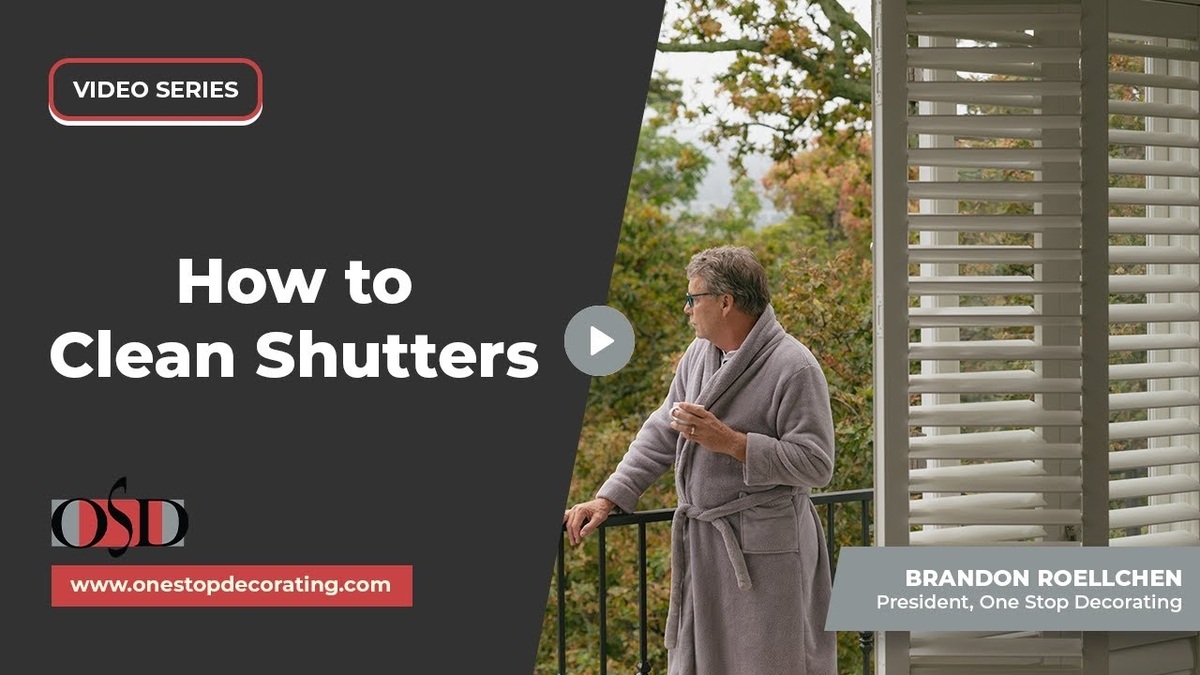High indoor temperatures during summer often come from sunlight passing through windows. Using window treatments to keep heat out is an effective way to lower indoor temperatures without relying only on air conditioning. The right shades, blinds, or curtains can block solar heat, improve comfort, and reduce energy costs.
Understanding the Impact of Window Treatments on Heat Reduction
Windows are a primary source of heat gain in homes. Sunlight entering through windows transforms into heat, raising indoor temperatures. Implementing suitable window treatments can mitigate this effect by blocking or reflecting solar radiation.
Top Window Treatments to Keep Heat Out
1. Honeycomb Shades
Honeycomb shades, also known as cellular shades, are renowned for their superior insulation properties. Their unique design features air pockets that trap heat, preventing it from entering the home. This makes them particularly effective on west-facing windows that receive intense afternoon sun.
Benefits:
- Excellent thermal insulation
- Energy efficiency
- Versatile design options
2. Sonette Soft Roller Shades
For those seeking a modern aesthetic without compromising on functionality, Sonette soft roller shades are an ideal choice. They combine the sleek appearance of roller shades with the insulating benefits of honeycomb shades, offering both style and energy efficiency.
Benefits:
- Contemporary look
- Enhanced insulation
- Smooth operation
3. Outdoor Shades and Track Systems
An emerging trend involves installing outdoor shades and track systems to block heat before it reaches the window. Mounted externally, these shades provide a clean interior look by eliminating the need for bulky indoor treatments. Often motorized, they can be controlled via smartphone or automated to adjust at specific times of the day.
Benefits:
- Prevents heat from entering
- Maintains unobstructed interior views
- Convenient automation
Balancing Heat Reduction with Natural Light
While blocking heat is essential, allowing natural light to filter through maintains a bright and open atmosphere. Semi-opaque or light-filtering shades, such as Hunter Douglas Architella, effectively block heat while permitting diffused light. Their double honeycomb structure includes a clear inner cell, optimizing both insulation and light transmission.
Benefits:
- Reduces heat gain
- Allows natural light
- Enhances indoor ambiance
The Role of Color in Heat Absorption
The color of window treatments significantly influences their heat-blocking capabilities. Darker fabrics, especially black, tend to absorb more heat, potentially increasing indoor temperatures. Conversely, lighter shades like white or off-white reflect sunlight, reducing heat absorption. Additionally, lighter colors often blend seamlessly with interior and exterior trims, offering both functional and aesthetic advantages.
Considerations:
- Choose lighter colors for better heat reflection
- Ensure color harmony with home decor
- Assess the balance between aesthetics and functionality
Key Factors to Consider When Selecting Window Treatments
When choosing window treatments to keep heat out during summer, consider the following:
- Orientation of Windows: West-facing windows receive the most intense sunlight; prioritize treatments with high heat-blocking capabilities for these areas.
- Material and Design: Opt for materials known for insulation, such as honeycomb structures, and designs that allow for light control.
- Automation and Control: Motorized options offer convenience and can be programmed to adjust based on the time of day, optimizing energy efficiency.
- Aesthetic Appeal: Ensure the chosen treatments complement your home’s interior and exterior design.
In Summary
Selecting the appropriate window treatments is a practical and stylish approach to maintaining a cool home during the summer months. By considering factors such as material, design, color, and automation, we can effectively reduce heat gain while enhancing our living spaces.
For personalized assistance in choosing the best window treatments to keep heat out during summer, contact us to schedule a consultation with our experienced designers.



